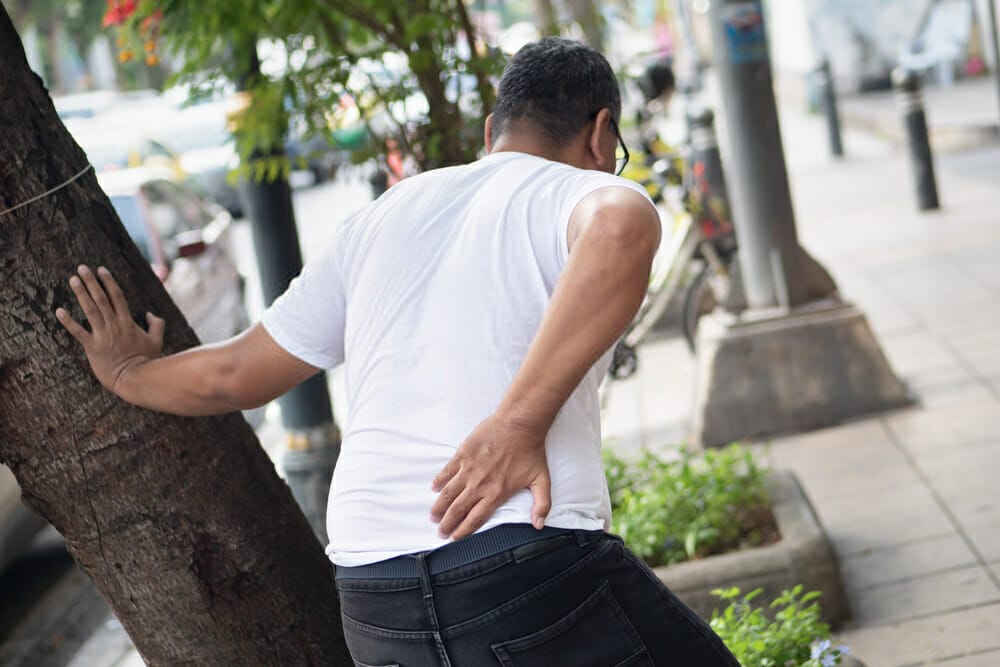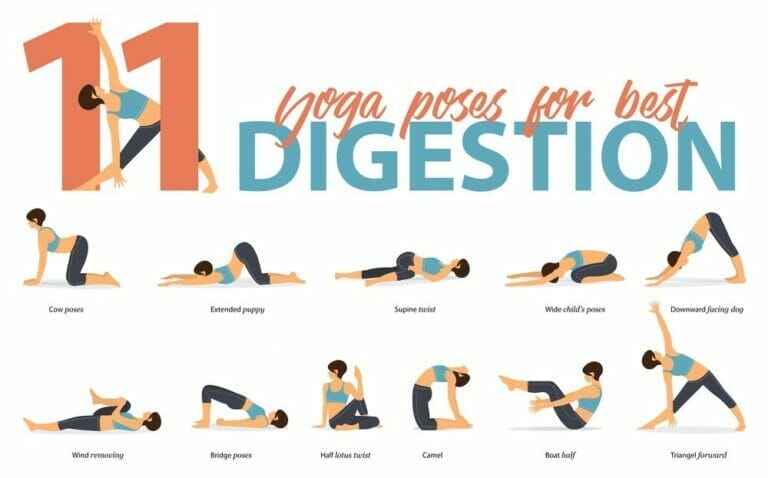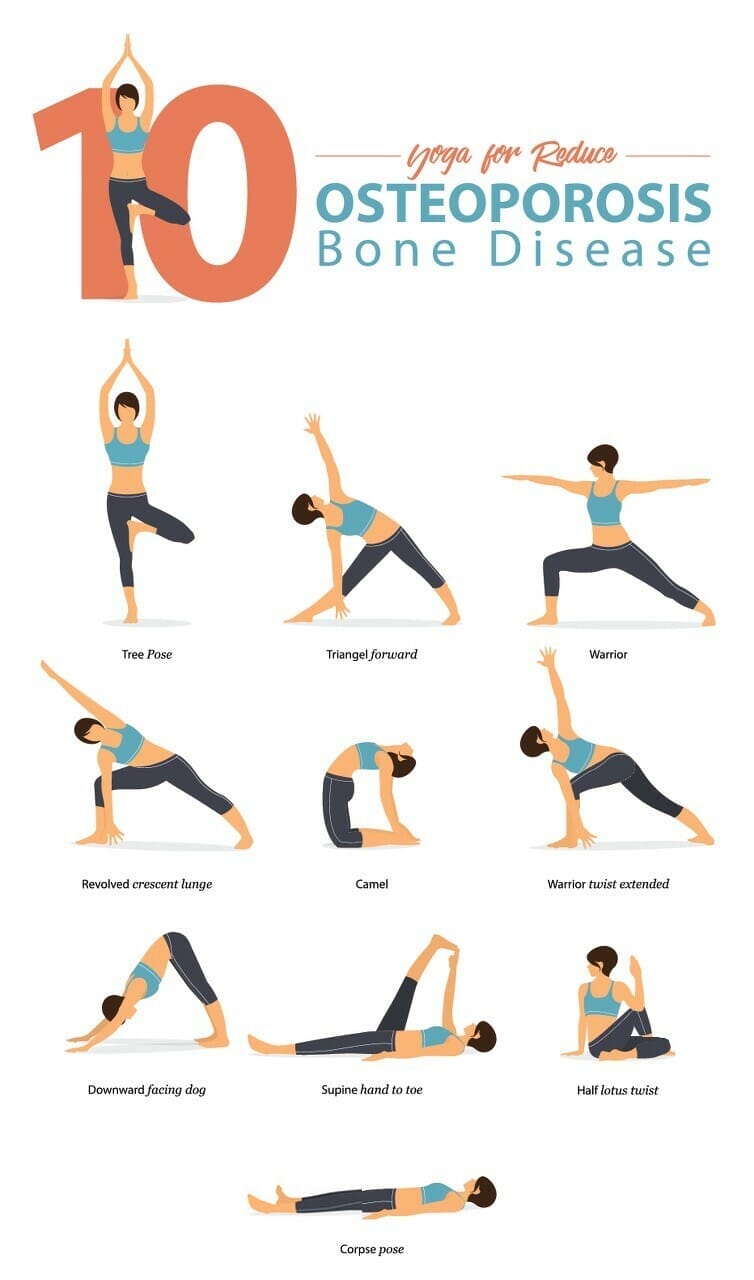Try These Yoga Poses For Herniated Disc
At some point in our life, we do start experiencing lower back pain. One of the causes of back pain is a herniated disc that compresses a nerve, leading to pain or numbness.
When you have herniated disc in your lumbar spine, you may experience pain while bending forward.
You can use yoga to help relieve pain from herniation and prevent recurrence by stretching and strengthening the back muscles, among other benefits.
Yoga may also reduce the likelihood of having future back problems by increasing bone density. It reduces tight muscles that need to be lengthened after a disc herniation.
Continually, it helps strengthen muscles around your spine and in your hips to stabilize the injured region.
What is a Herniated Disc?
A herniated disc is a rare condition in which one of the spinal discs has herniated and slipped forward or backwards beyond its normal anatomic position.
It can cause pain and loss of motion in the lower back and other areas like shoulders, hips, knees, etc.
Several causes may lead to this condition, like genetics, age, weight, physicality, metabolic problems. These symptoms may vary from person to person and affect the severity.
In India, there are only a few doctors who can treat this condition. Some people with this problem don't even know that they have it, and in about 50 per cent of back pain cases, it is a herniated disc.
The best yoga poses for herniated discs lighten the disc compression pressure away from the spinal nerves and help build back strength for more significant support of the spine.
In addition, a combination of some of these poses may help prevent future pain and keep it at bay, as well as helping to relieve pain symptoms.
Here are some Yoga Poses For Herniated Disc:
Mountain Pose (Tadasana)
Tadasana, also known as Mountain Pose, is practised to strengthen your standing posture. Most yoga postures and everyday tasks are based on this foundational posture.

At the point when you are recuperating from a back injury, finding legitimate poses and muscle enactment is key to supporting your spine and damage.
Try practising breathing slowly and holding each muscle in your body in this way for 10 seconds. Practice by having your muscle engagement throughout your body while you take ten deep breaths.
Bridge Pose (Setu Bandha Sarvangasana)
You need to strengthen your glutei muscles if you want to resolve lower back pain. This posture will improve your core stability and works on enhancing gluteus maximus strength. It is an easy and effective posture to build your core strength.
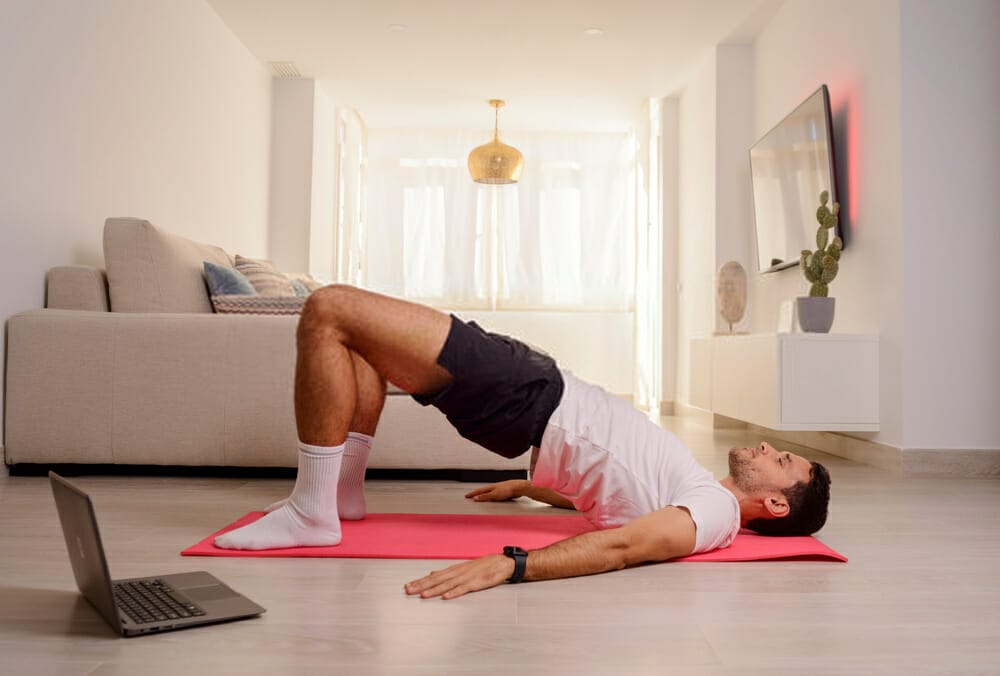
Bird Dog Pose (Parsva Balasana)
This posture will help you build spine balance and works to keep your abdomen engaged as you move your arms and legs. It is an essential skill that can support you during your day-to-day activities.
High Lunge (Garudasana)
This posture strengthens and stretches your thigh muscles (quadriceps). It also tones your buttock muscles. It is a robust posture to combat many issues like Sciatica, Herniated Disc, and Sciatica Flare-ups.
It can also be effective in relieving lower back pain symptoms.
Corpse Pose (Savasana)
Savasana is an essential posture in yoga. It is so popular because it calms the nerves and muscles of your back, releases tension, heals and rejuvenates your body. It also encourages the mind to rest and focus on nothingness.
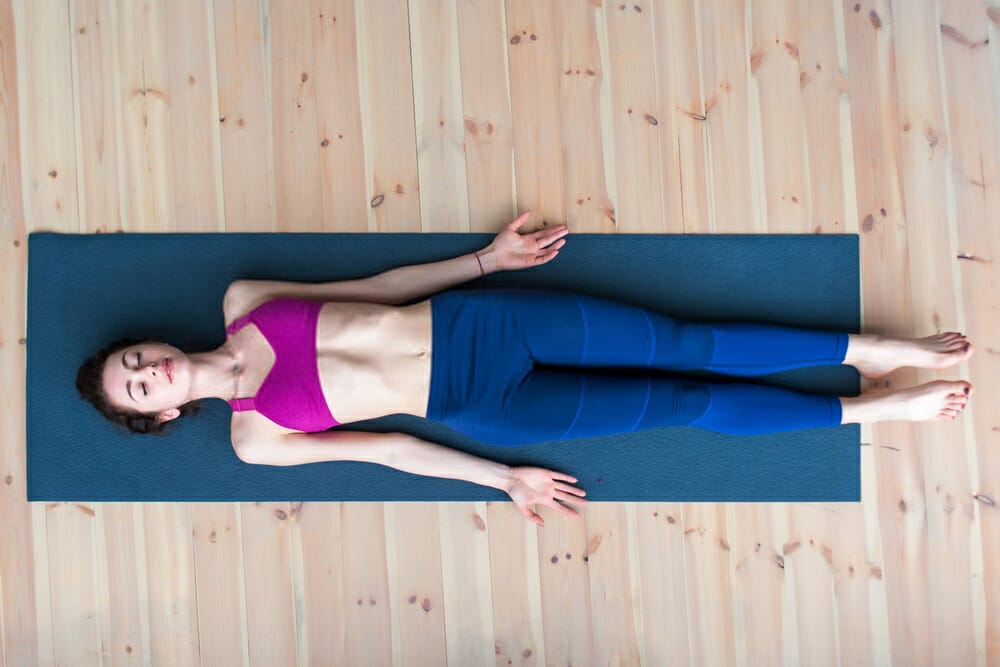
Half Split Pose (Ardha Hanumanasana)
Along with stability, the incredible flexibility you need plays a vital role in symptom reduction. In addition, this posture will help recover from hamstring injuries.
When doing a hamstring stretch, it's essential to ensure that you are stretching the muscle belly of the hamstring. It is easy to stretch out the ligaments, tendons, and nerve tissue in this position.
Pigeon Pose (Kapotasana)
Pigeon poses are another posture that will help address your flexibility to reduce disc-related spine pain.
This position lengthens the hip rotators, which can reduce back pain. This pose also reduces the severity of the pain radiating down your leg.
Supine Figure 4 (Supta Kapotāsana)
A splendid modification of the pigeon pose is Supine Figure 4. Figure 4 is a helpful exercise for people who have radiating pain.
This posture strengthens the quadriceps. It also reduces the pressure on the disc and sacrum.
Supine Twist (Supta Matsyendrasana)
Another yoga pose that can help with acute back pain is Supine Twist. This posture provides a twist to the spine for better muscle balance and flexibility of your body.
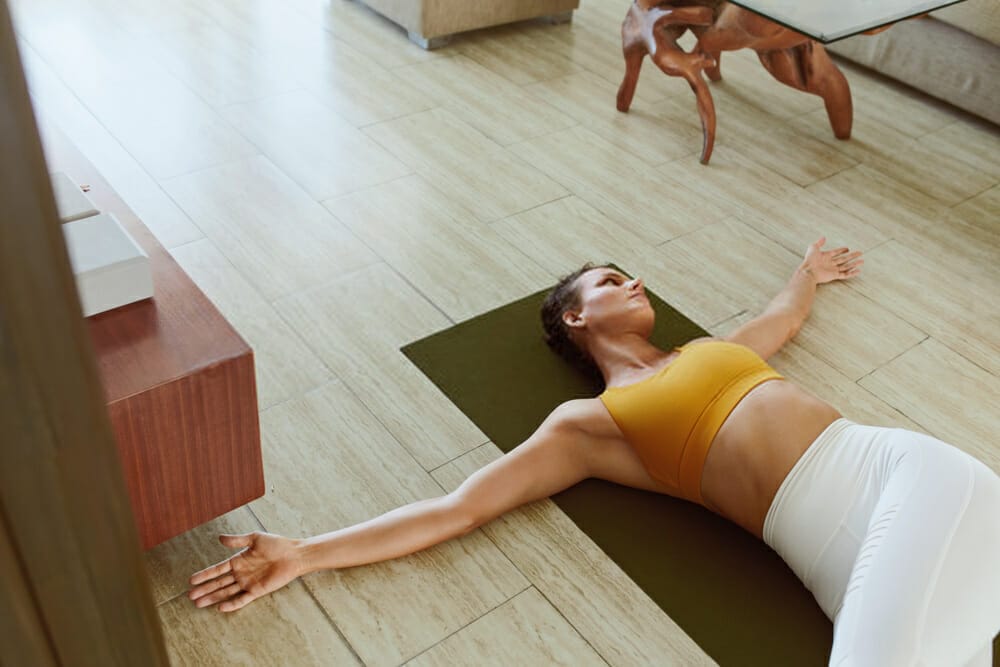
It effectively releases back pain and strengthens your spine in a few months. You just need to practice it regularly to get rid of persistent back pain.
Firefly Pose (Tittibhasana)
This challenging pose builds strength in your lower back and hips while further stretching your front thighs.
It also helps extend the spine, which can be a source of pain for many people suffering from a herniated disc.
Wind Release Pose (Pawanmuktaasana)
It is a position that is great to demonstrate on both sides to address pain in the back. In addition, a wind-releasing pose will improve the hamstring and gluteal length on the opposite side.
To reduce back pain, muscle length needs to increase in these regions.
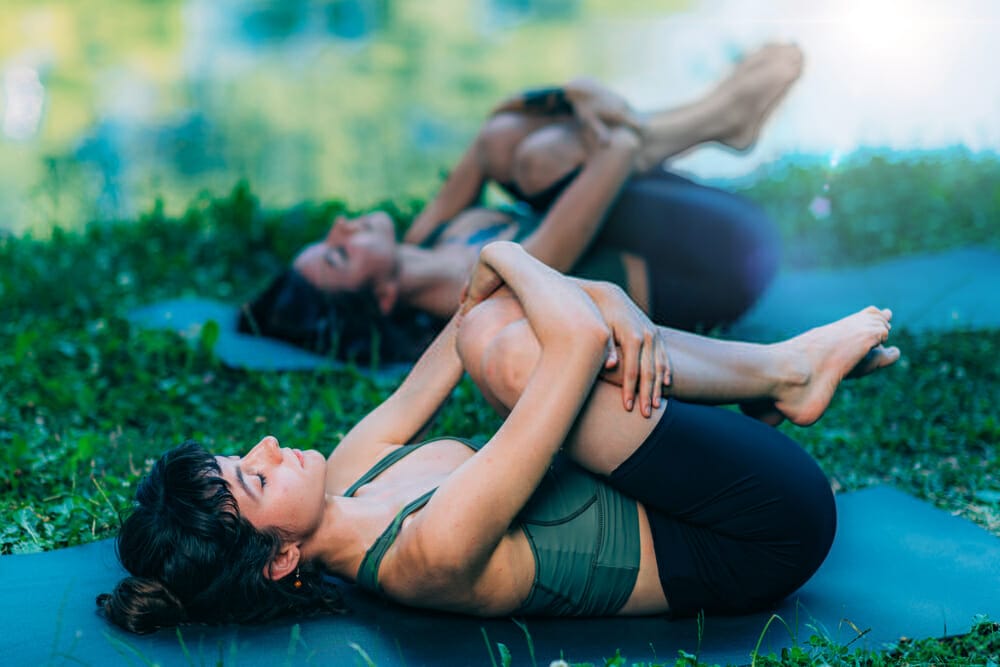
Child Pose (Balasana)
If you are suffering from a herniated disc in your lower back, you should regularly practice the Child Pose.
It helps build your core strength and address many other issues like Sciatica, Herniated Disc, and Sciatica Flare-ups.
Low Lunge Pose (Anjaneyasana)
A low lunge will help you stretch your hip flexors and build strength in your stomach and glutes. It is another posture that can strengthen your gluteus maximus muscle, a muscle that can increase your endurance while also reducing your pain.
Standing Forward Fold (Uttanasana)
This posture strengthens the abdominal muscles and increases flexibility in the hip joints.
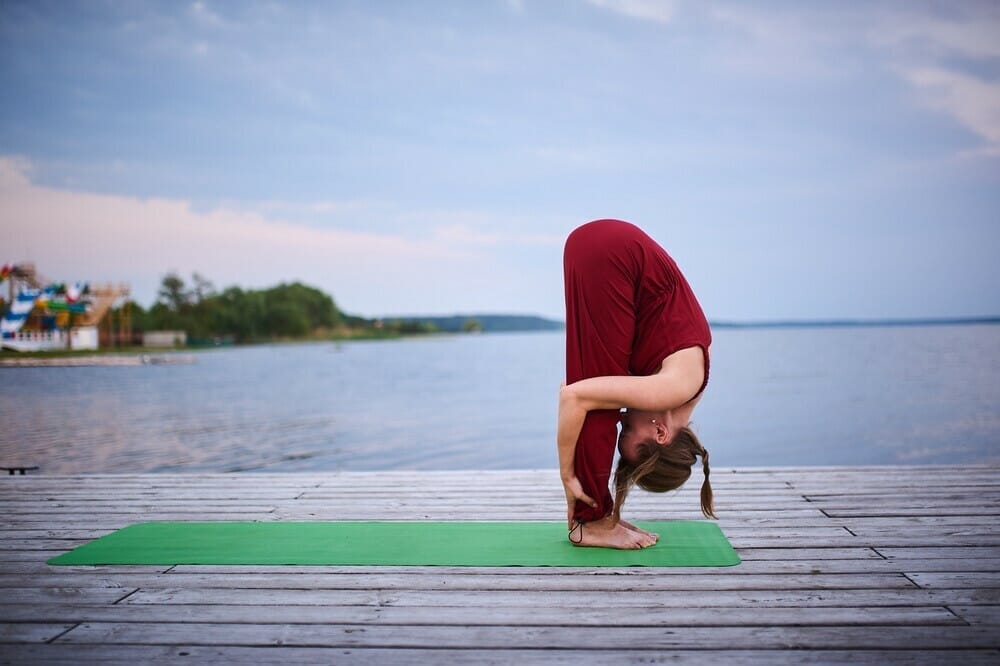
You can also use this pose to address Sciatica flare-ups since it brings more of the top portion of your back into the stretch and focuses on your lower back muscles.
Boat Pose (Navasana)
This posture works your shoulders, spine, abdominal muscles, and glutei. It also relaxes the lower back muscles and helps release the hips so that you can cope with herniated disc issues.
This pose also strengthens your core stability, which can help to relieve pain.
Bridge Pose (Setu Bandha Sarvangasana)
It is an excellent pose for strengthening the lower back and addressing pain issues. This posture will tone your back while strengthening your core and abdominal muscles.
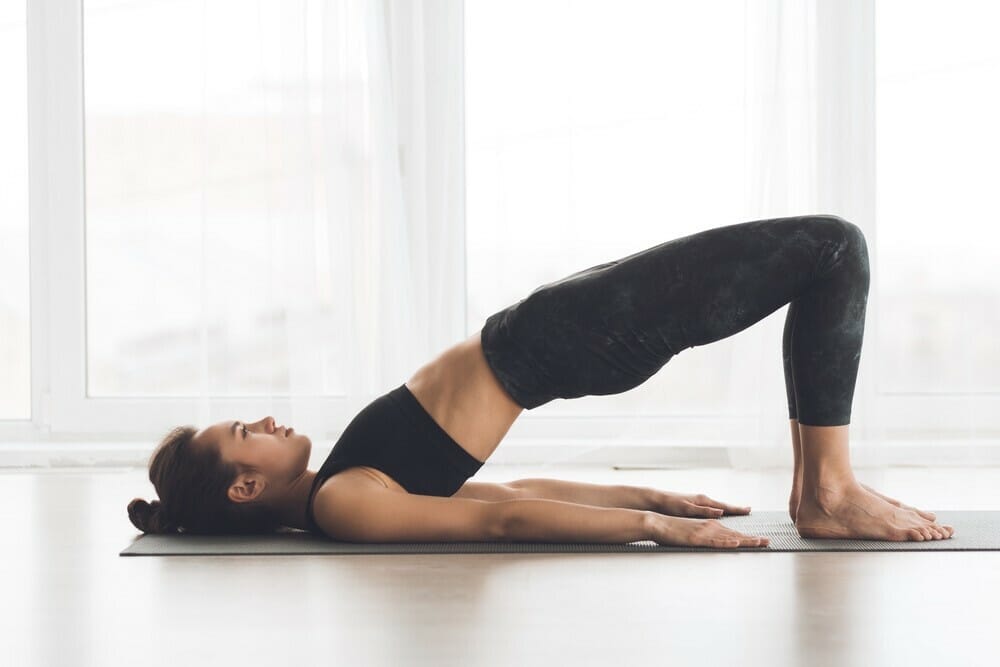
These muscles support the lower spine to prevent you from encountering any back pain in the first place.
Seated Twist (Bharadvajasana II)
This yogic posture stretches and strengthens the lower back muscles, which can help to relieve pain. It also helps to address sciatic nerve impingement when you rotate your torso towards one side.
This pose is also helpful in reducing lower back strain so that you can better function during your day-to-day routine.
Conclusion
Herniated Discs can be a debilitating condition that prevents an individual from living life to its fullest. It can also be a condition that has symptoms that vary from day to day, making it difficult to find relief.
You need to practice yoga regularly and listen to your body so that you can take maximum benefits from this ancient form of healing.
Relieving your back pain may not be easy, but it is possible with the right tools. You will have to find out your way up to many of these poses and exercises in order to prevent recurring damage so that you can live pain-free.

